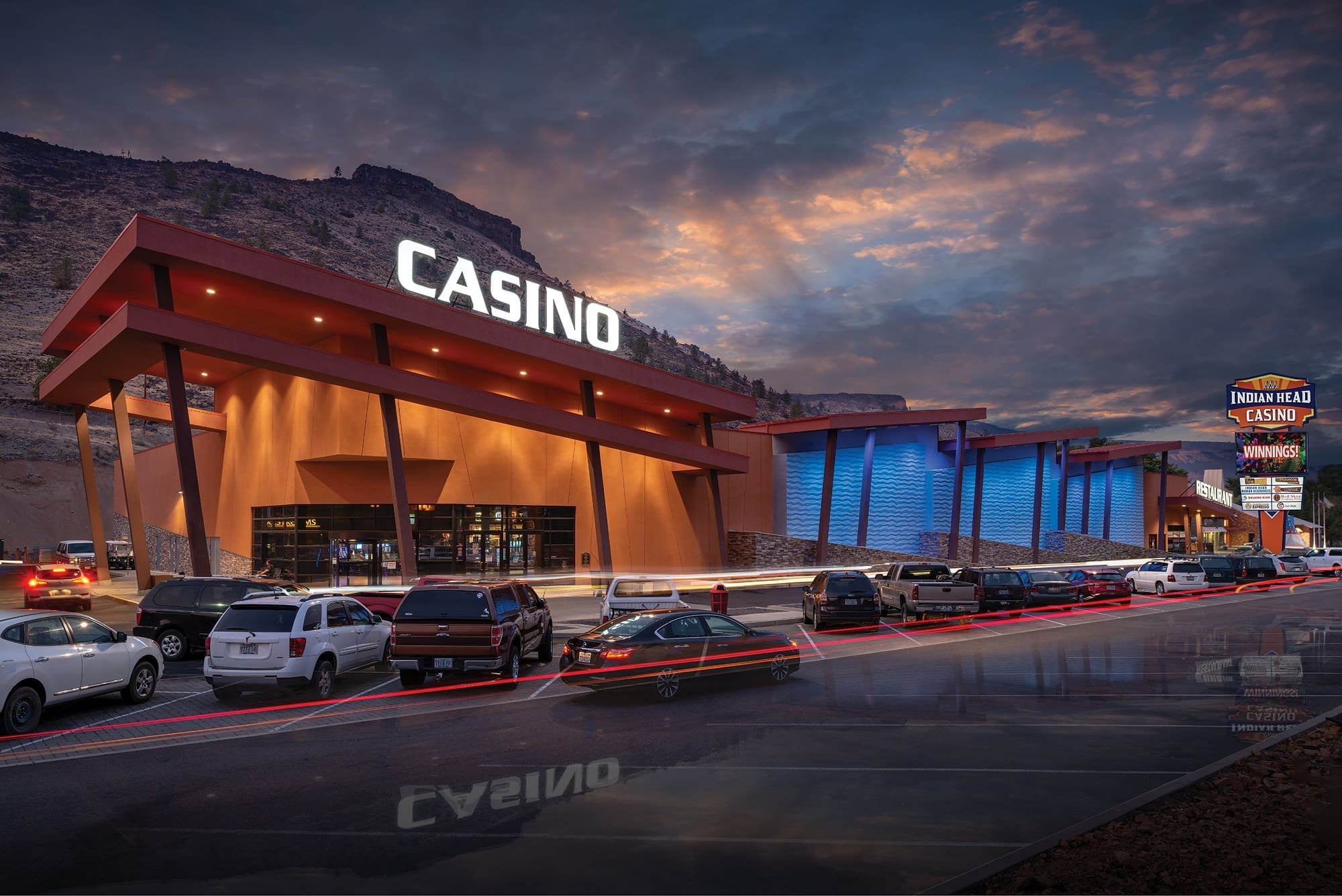Indian Head Casino was challenged by their traditional switch-based copper LAN design that consisted of multiple racks of equipment in the main data center room, stacks of switches in the telecom closets and a tangled mess of cabling. Another problem at the casino was that the old switches consumed resources for provisioning, maintenance, troubleshooting, warranty support and powering, plus these switches occupied precious real estate. Making matters even worse, the copper cabling used was bigger, heavier, has bandwidth constraints, shorter reach, is less secure and more expensive than modern fiber cabling.
The solution to all these challenges was to redesign the network using a Passive Optical LAN architecture based on Passive Optical Network (PON) and advanced IP/Ethernet technologies. PON’s roots can be traced back to the teleco service providers “carrier-class” fiber to the home networks, which for decades has transmitted television, lifeline voice and emergency 911 calls. At both Indian Head Casino and Plateau Travel Plaza, redundant Tellabs Optical Line Terminals (OLT) were installed and fiber route redundancy was provided down to the passive optical splitters. This was accomplished with ITU G.984 Type-B PON redundancy standard and ultimately can improve the average annual network downtime to less than 30-seconds.
The Indian Head Casino IT staff researched the differences between traditional switch-based copper LAN and the more progressive Tellabs Optical LAN and confidently moved forward with OLAN based on these four (4) unique differentiators:
- Smaller footprint in the main data center, telecom closets and cabling pathways
- Better security with a reduction in points of network vulnerability
- Improved reliability with equipment redundancy and fiber route diversity
- Ease of operations due to OLAN’s centralized intelligence and management
“With the OLAN design, we were able to reduce the number of switches, our team managed, by 60 to 70%, which was big help for us,” said James Welden, Systems Administrator at Indian Head Casino. The single mode fiber cabling, which is smaller, lighter, stronger, better bend radius, higher bandwidth capacity, longer reach, longer life, more secure and less expensive than copper cabling, connected the passive optical splitters for distribution and aggregation purposes across the properties. “Compared to the traditional LAN design, we reduced the amount of copper cabling by 80%,” said Welden.
You can click here to read the complete Optical LAN case study for Indian Head Casino titled “Optical LAN Positions Indian Head Casino at Forefront of Technology.”
If you want to stay current with Tellabs and Optical LAN, we invite you to connect with us on Facebook, LinkedIn, Twitter, Instagram, and YouTube.
